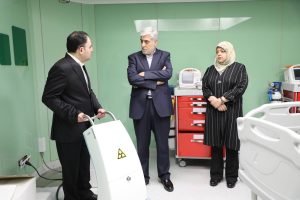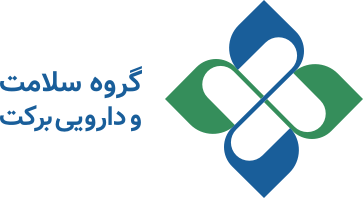
Iran’s Active Role in the Genetic Science Revolution
Barekat Health & Pharmaceutical Group: The genetic science revolution, marked by significant advancements in areas such as genome editing, genetic therapies, and molecular diagnostics, has provided a new perspective for improving and developing global healthcare. These advancements could have extensive impacts on Iran’s healthcare system, especially in addressing challenges such as genetic diseases, personalized treatments, and the development of new drugs.
Alongside these scientific advancements, ethical and legal issues are increasingly prominent and require careful consideration and regulation at both national and international levels. Given Iran’s substantial human and scientific potential, the country can play an active role in this revolution. However, this requires serious attention to developing infrastructure, education, and research in various genetic fields.
Global Advances in Genetic Science
In recent decades, new technologies such as CRISPR, next-generation sequencing, and gene therapy have rapidly entered various medical and healthcare domains. These technologies have not only enabled more accurate and earlier disease diagnosis but have also facilitated the creation of personalized treatments based on an individual’s genetic profile. Additionally, the genetic revolution has allowed researchers to gain a better understanding of the genetic causes of various diseases and to develop novel therapeutic approaches.
Initiation of Genetic Research in Iran
Genetic research in Iran officially began in the 1960s. During this period, initial activities in genetics were mostly theoretical, conducted in universities and research institutions. One of the first scientific centers to focus on genetics was the University of Tehran, where the earliest scientific and research groups in the field of genetics were established, and efforts were made to introduce and teach this science to students and researchers.
In the 1980s and 1990s, with increased attention to the importance of genetics in healthcare, the need for specialized genetic centers became more apparent. In this context, the National Institute of Genetic Engineering and Biotechnology was established in 1987. This institute, as one of the first specialized centers in genetics and biotechnology, played a crucial role in training specialized human resources and conducting advanced research.
Entering the 2000s, genetic research in Iran was pursued more seriously with the establishment of new research centers. One of the most important of these centers was the Royan Research Institute, established in 1991 for infertility and stem cell research. The Royan Research Institute quickly became a leading center in genetics and biotechnology, achieving significant milestones in cloning, stem cells, and reproductive genetics.
Current Status of Genetics in Iran
In Iran, with investments made in science and technology, genetic research is growing, and achievements are not only a sign of national efforts but also a foundation for further development and international collaboration. Genetic research institutes, such as the Royan Research Institute and other research centers, are conducting advanced studies in this field. Additionally, knowledge-based companies in biotechnology play a significant role in developing clinical applications of genetics.
Indeed, Iran is developing national genetic programs, such as screening programs for specific diseases. For example, thalassemia screening and other genetic disease programs in Iran are notable achievements, demonstrating the country’s commitment to reducing the prevalence of these diseases through genetic tools. Moreover, establishing genetic banks and strengthening genetic databases can aid in advancing research and providing more precise treatments.
International Genetic Research
Iran’s position in the international arena regarding genetic research is notable in several areas:
– Participation in International Projects: Introducing projects and international collaborations in which Iran participates, including human genome projects and partnerships with research institutions in other countries.
– Scientific Publications and Achievements: Highlighting the number and quality of scientific papers published by Iranian researchers in reputable international journals can reflect Iran’s scientific prowess in this field.
Applications of Genetic Science in Healthcare
Genetic science can have a significant impact on various healthcare domains. These include the prevention and treatment of genetic diseases, personalized therapies, the development of new drugs, and predicting disease risks. For example, in Iran, due to the high rate of consanguineous marriages, genetic diseases are more prevalent. Accordingly, genetic technologies can play a crucial role in early diagnosis of these diseases and offering preventive solutions.
One of the most important achievements of genetic science is the development of personalized treatments based on an individual’s genetic profile. These methods can enhance treatment efficacy and reduce side effects.
Furthermore, using genetic techniques such as genome sequencing allows for more accurate identification of cancer types and the selection of treatment methods tailored to each patient’s genetic characteristics. Advances in gene therapy can also help improve the treatment of diseases like hemophilia and rare conditions with currently limited therapeutic options.
Social & Cultural Aspects
Regarding the social and cultural aspects related to genetics, the following are noteworthy:
– Public Attitudes Toward Genetics: Assessing public attitudes in Iran towards genetic issues and awareness of this science, especially regarding genetic diseases and pre-marital genetic testing.
– Cultural Challenges: Addressing cultural challenges related to genetics, such as social and cultural barriers to accepting genetic tests or new genetic therapies, can enrich the discussion.
Challenges & Opportunities
While genetic science holds significant potential for transforming healthcare in Iran, several challenges related to infrastructure, education, and specialization remain. These challenges include ethical and legal issues related to genome editing, high costs of advanced technologies, and the need for specialized training. Conversely, there are opportunities for developing the biotechnology industry and increasing international collaboration, which could accelerate progress.
Future Directions and Recommendations
To fully leverage the genetic science revolution in Iran, there is a need to develop long-term strategies and make substantial investments in infrastructure, education, and applied research. Developing comprehensive national policies for advancing genetic research and utilizing new technologies, as well as focusing on increasing specialized education in genetics at universities and training skilled personnel, are essential steps.
Additionally, strengthening international collaborations and increasing scientific and research partnerships with leading countries in genetics can facilitate the transfer of knowledge and new technologies to Iran. In other words, Iran should work towards formulating a comprehensive strategy for genetic science development, including creating national programs to reduce the incidence of genetic diseases and enhance the quality of life.
Conclusion
The genetic science revolution has the potential to significantly transform the future of healthcare in Iran. Despite existing challenges, there are numerous opportunities to improve the country’s health status through genetic technologies. Realizing this potential requires careful planning, strategic investments, and enhanced public knowledge and awareness.
-
Barkat Group specialized meeting
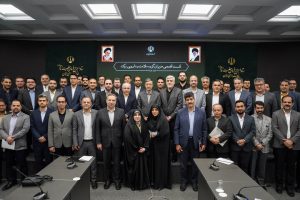
-
Safa Appointed as Barekat General Director
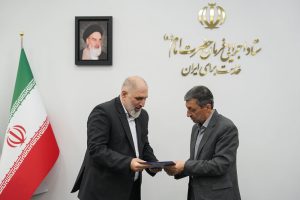
-
Barekat Health & Pharmaceutical Group at the 10th Iran Pharma Exhibition

-
Ali Safa visits Sobhan Oncology & Sobhan Darou
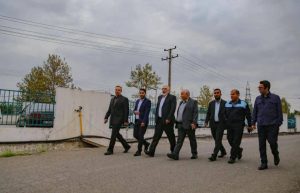
-
Pirsalehi & Safa visit Saman Daroo 8 Knowledge-based Company
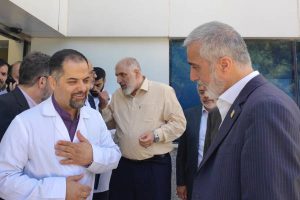
-
Barekat Managing Director Visits Samen Pharmaceutical Company
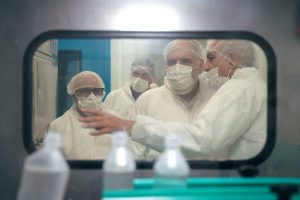
-
Honoring Pharmacists’ Day
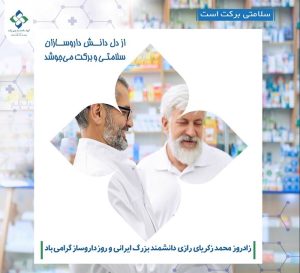
-
Barekat Top Executives Visiting to Barekat Hospital
